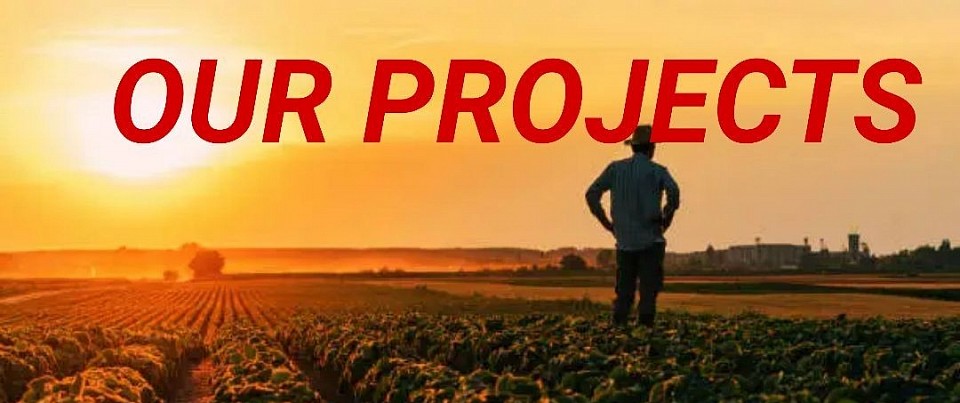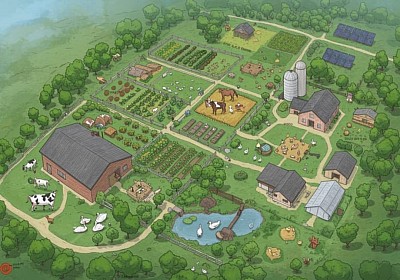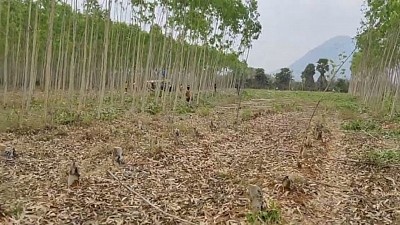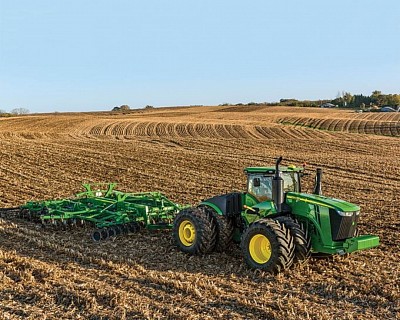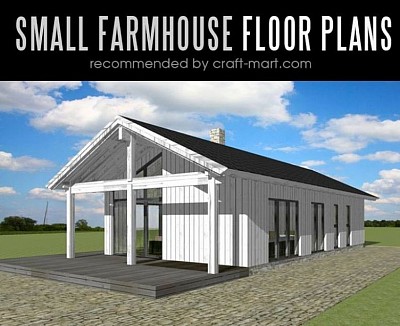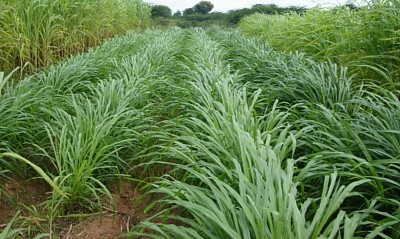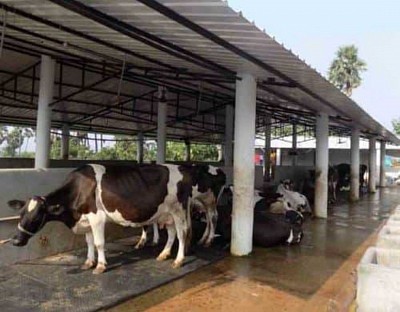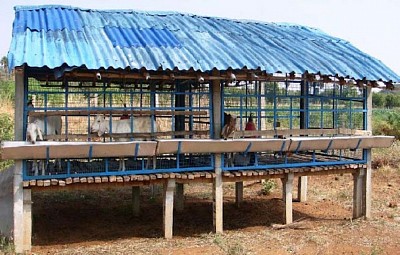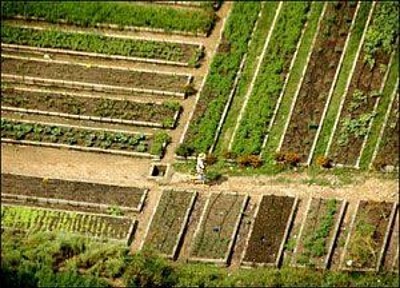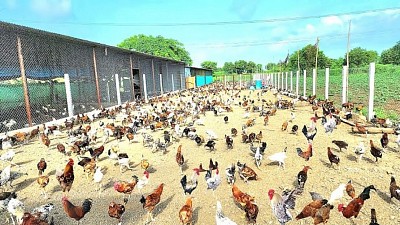To claim "customer projects we handle 100 percent successful,"
We must consistently deliver projects that meet customer expectations, stay within scope and budget, and achieve desired outcomes through strong planning, clear communication, ongoing feedback, and adaptability. Key strategies include thorough planning, transparent and frequent client communication, proactive issue resolution, agile adaptation to changes, and a commitment to delivering genuine value to the customer. Our projects agriculture" is a very broad term that could refer to specific agricultural projects you or your organization are undertaking, or it could be a general request for information about common or innovative projects in the field of agriculture. Examples include smart farming (AI, sensors), regenerative agriculture, vertical farming, water conservation projects like drip irrigation, and community-based initiatives for food security. To get a more specific answer, please provide more details on the types of projects you are interested in. Agriculture projects to build for sustainable farming by optimizing resource use, reducing waste, and improving crop yields|
Planing & Design & Development & Implementation
Agricultural project lifecycles involve Planning, identifying the problem and defining project goals, boundaries, and resources. Design follows, creating the technical solutions, such as soil preparation, irrigation, and selecting suitable crops. Development includes executing these plans through activities like soil preparation, seed sowing, pest control, and farmer training. Finally, Implementation focuses on managing the project to completion, including harvesting, post-harvest handling, and monitoring for impact and sustainability.
Removing Jamoil Trees
Removing Jamoil Trees in old farm, creat a new farm for new agriculture plantation
Cleaning and ploughing the Field
A Guide To Plough Maintenance - FGS AgriCleaning a farm involves removing debris, while ploughing turns and loosens the soil for planting, improving soil fertility, aeration, and drainage, and burying weeds and crop residues to decompose into organic matter. These two processes, though distinct, are crucial for preparing a farm's soil for cultivation and ensuring healthy crop growth.
Solar Fencing for Farm
Solar fencing is an electric fence powered by solar energy, designed to deter intruders and animals by delivering a short, safe, but painful electric shock upon contact. The system uses solar panels to capture sunlight, converts it to electricity stored in a battery, and then uses an energizer to convert this stored power into high-voltage pulses sent through the fence wires. It provides a psychological barrier, is cost-effective, eco-friendly, and reliable, especially in remote locations without access to grid power.
Farm House
you are planning to use the land for agricultural purposes, ensure it is fertile and suitable for farming. Ensure that the farmhouse has basic amenities such as a water supply, electricity connection, and road connectivity. You will also need to consider installing perimeter fencing for security and privacy reasons.
All types of Cattle Feeding Grass
Cattle feeding grasses include warm-season varieties like Napier grass and Bermuda grass for hot climates, and cool-season types such as ryegrass and timothy for cooler regions, along with legumes like clover and alfalfa for added protein. Other options include Oats, sorghum, Para grass, Rhodes grass, dwarf Napier grass (or Super Napier), and grasses specifically developed for fodder production. The best choice depends on local climate, soil, and the cattle's nutritional needs.
Cows & Buffalo Shed
Cows and buffaloes shed their hair or fur and are not known to "shed" in the sense of losing their entire structure. They may also shed their old winter coats to grow a new one for the summer. In the context of housing, the word "shed" refers to a building designed to shelter these animals from the elements, typically called a cattle shed or barn.
Physical Shedding
Hair shedding: Both cows and buffaloes shed their hair, especially their thick winter coats, to adapt to different seasons. This is a normal biological process for them.
"Shed" as a Structure
Purpose: A "shed" in agriculture is a covered structure built to house cattle and buffaloes.
Design elements: These sheds are designed to provide shelter and comfort, with features such as:
Ventilation: Windows or fans to ensure good airflow.
Flooring: Paved or concrete floors, often with a slight slope for drainage.
Roof: A sloped roof to manage rainwater, made from materials like GI sheets, thatch, or wood.
Space: Sufficient covered and open area for the animals to lie down, eat, and move around comfortably.
Feeding areas: Mangers for fodder and water troughs for drinking.
Waste management: Systems to collect and direct urine and dung, which can be used for biogas or fertilizer.
Goats & Sheep's shed
Goat and sheep shed are different while construct, A goat shed is a small structure or building used to house and shelter goats from weather and predators. It serves as a comfortable and safe space for goats to rest, eat, and be protected from elements like rain, cold, and sun. These structures can be made from various materials, are designed for easy maintenance, and provide essential shelter for keeping goats clean and healthy.
A sheep shed can be called a sheep pen, sheepcote, or sheepfold. More broadly, and depending on its function and size, it can also be referred to as a barn, a weather shed, or a lambing shed. A shearing shed is a specific type of large building used for shearing large numbers of sheep.
Agriculture Designing Layout partition for different plantation.
Different Systems of Layout for Planting Fruit and Vegetable Crops.
To partition agricultural land for different plantations, first, assess the land's topographical and soil characteristics to determine optimal layouts for irrigation, drainage, and crop suitability. Then, group crops with similar requirements to the zones identified, ensuring access roads, water sources, and living areas are strategically placed for efficiency. Finally, design the partitions considering slope and contours, using the existing geometry of the land to create compatible and feasible parcel shapes and sizes for various planting areas.
NatuKodi Poultry Farm
Start-up costs for a chicken farm are reasonable and can be repaid if you decide to sell eggs to your friends, neighbors, and local farmer's, Natukodi (desi chicken) farm shed in India typically involves a low-cost construction with a focus on ventilation and space, often using wire mesh for walls and concrete for a solid floor. Design considerations include ample floor space (e.g., 1 sq. ft. per bird for broilers), proper ventilation to maintain air quality, and a durable but economical roof, such as GI sheets. The goal is to provide a clean, safe, and well-ventilated environment that allows for free-range access if desired.
